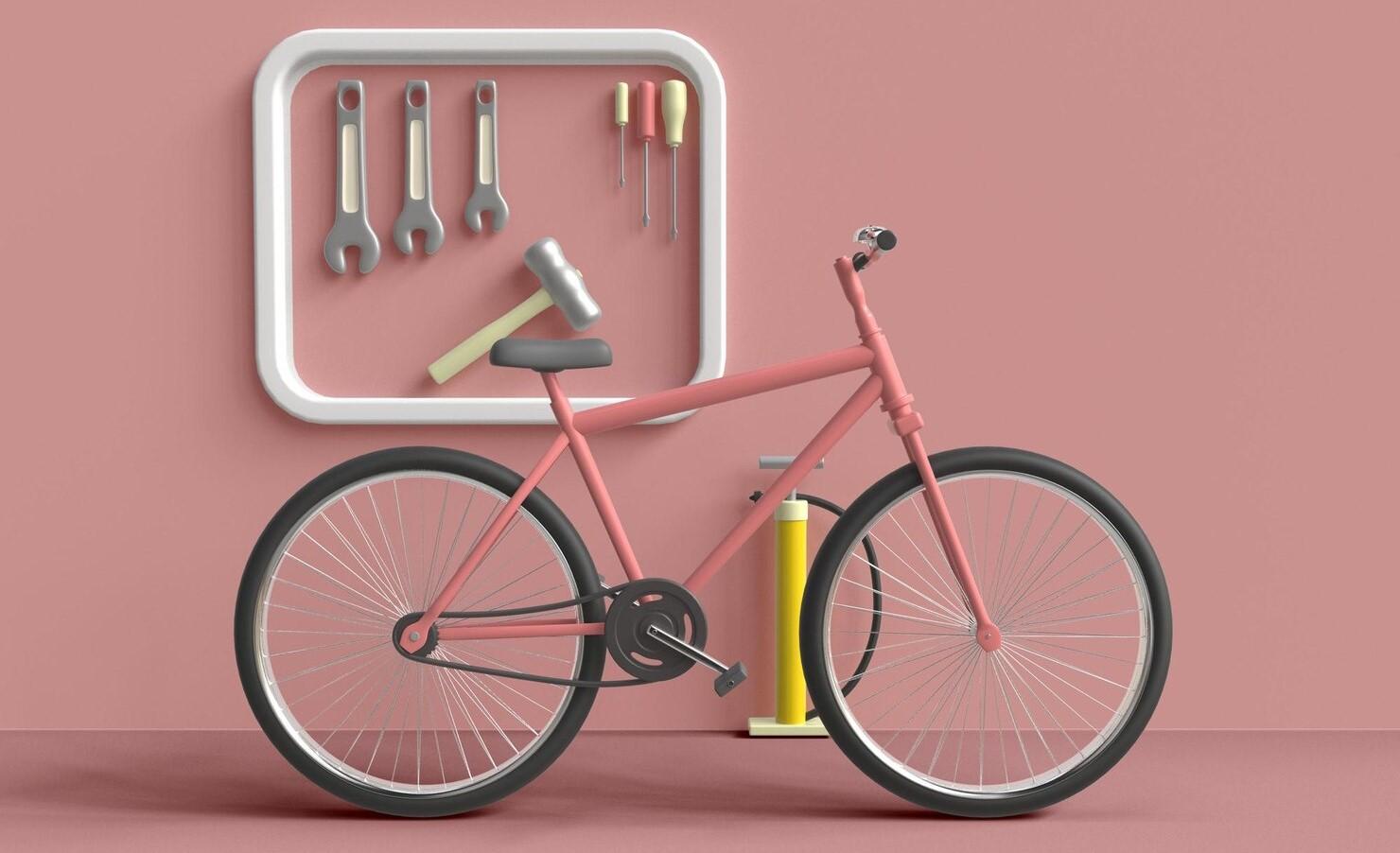Transforming Traditional Paper Manuals into Living 3D Guides

Think back to the last time you tried to put together a bike or a piece of furniture using a paper manual. Did you feel frustrated when the sketches didn't resemble the parts in front of you? You are not alone.
For decades, traditional manuals have left people second-guessing every step, often resulting in wasted time and even damaged parts. Today, things are changing.
New technology is breathing life into static instructions. Instead of squinting at flat images, you can now spin, zoom, and interact with 3D models right from your phone. These aren't just visuals; they are living guides that walk you through the process step by step. In fact, 3D interactive guides for bicycle assembly are becoming the new standard, offering precision, clarity, and confidence for users everywhere.
Why Paper Manuals Fall Short
Paper manuals have been around for decades, but they carry the same weaknesses that frustrate users. Most instructions are printed in tiny fonts, accompanied by black-and-white line drawings that appear outdated and difficult to follow.
Moreover, not every user has the same technical background. A skilled mechanic may interpret a drawing easily, while a first-time buyer might struggle for hours. These gaps often result in skipped steps, incorrectly tightened bolts, or missed safety checks.
Another issue is translation. Global brands often print manuals in multiple languages, but words can lose their meaning during translation. Pictures may help, but even they can be confusing when they lack detail.
Therefore, paper manuals often become a source of stress instead of support. They rarely guide you through real-world mistakes, and they cannot adjust to your pace. That's why the shift toward digital, visual, and interactive solutions has become so important.
What Makes 3D Guides Different?
Unlike static images, 3D guides move with you. They allow you to rotate a part, zoom in to check the detail, and replay an action until it makes sense. This interactivity bridges the gap that paper instructions leave wide open.
Not only that, but 3D guides adapt to different learning styles. Some people prefer watching animations, while others want to control each angle and pause the view to take in the details. With 3D instructions, you get both.
Key advantages include:
- Clarity: You can see exact part placements from every angle.
- Error reduction: Mistakes drop when steps are visually clear.
- Accessibility: Language barriers are reduced, as visuals can communicate more effectively than words.
- Confidence: Users feel more capable when the process is easy to follow.
For bicycle assembly, this can mean the difference between a wobbly frame and a safe, smooth ride. And because these guides live on digital platforms, updates can be made instantly. If a new part design is introduced, the guide reflects it in real time.
In short, 3D guides do more than explain. They interact, support, and teach in a way that paper never could.
How 3D Guides Transform the User Experience
When people feel supported during the assembly process, their overall experience with the product improves. Consider this: setting up a bike is often the first interaction a customer has after making a purchase. If that moment is filled with stress, the product relationship begins on shaky ground.
However, with interactive digital guides, the setup process becomes smoother and even enjoyable. The frustration of guessing which bolt matches which frame hole fades away. Instead, you see the correct bolt highlighted in colour, and the animation shows exactly where it should be.
Moreover, the confidence built during assembly carries forward. A customer who easily assembles their bike is more likely to recommend the brand to friends. They also gain trust in the company's support, since clear instructions signal that the brand cares about their experience.
Some companies are also integrating voice guidance, allowing users to hear steps while their hands are busy. This layer of support feels personal and practical.
Here's the thing: assembly doesn't have to be stressful. With 3D guides, the entire journey transforms from a frustrating task into a learning moment.
Where Technology Meets Practical Use
The technology behind these living guides combines 3D modelling, animation, and mobile app integration. While it may sound complex, to the end-user, it feels simple. They open the guide, scan a code, and start following along.
Companies benefit too. With fewer support calls and fewer damaged returns, costs go down. Moreover, a digital guide can be updated without the need for reprinting or shipping new manuals. That's a win for both sustainability and efficiency.
Additionally, these guides open the door to accessibility features. Larger text, color coding, and step-by-step voice descriptions help users with different needs. Paper cannot adapt in the same way.
So, technology is not just about flashy features. It is about solving real problems that people face every day during assembly.
A Glimpse Into the Future of Assembly
Looking ahead, we can expect even smarter guides. Augmented reality is already stepping in, where you point your phone at a real part and see digital instructions overlayed on it. This removes any doubt about which way a piece should face.
Moreover, we may soon see guides that adjust based on your pace. If the system notices that you're taking longer on a step, it may slow down or provide extra details. That personalization would make the assembly feel like having a patient instructor by your side.
The future might also include predictive help. For example, if you miss tightening a screw, the guide could remind you before you move on. Small corrections like these save both time and frustration.
Brands that adopt this technology early will stand out, not just for product quality, but for customer care. People remember when companies make their lives easier.
So, while paper manuals fade into history, 3D and AR-driven guides promise a new era of hands-on learning.
Conclusion
Traditional paper manuals once served their purpose, but today's customers expect more. Clear, adaptive, and engaging instructions have become increasingly essential, especially in sectors where precision is crucial. That's why 3D interactive guides are gaining momentum across industries.
In bicycle assembly, these guides reduce errors, improve customer satisfaction, and make the entire process more efficient and less stressful. They also help brands show that they care about the end-user experience.
As technology evolves, opportunities for improvement will continue to grow. We're already seeing AR integration and smarter step-by-step personalization. This shift is not just about assembly; it is about creating trust and confidence.
If you want to keep your customers satisfied, it is time to rethink static instructions. Explore bike assembly support in the sports sector and consider how interactive, digital solutions could transform your products as well.
Stay connected with us for insights on assembly innovation and future-ready customer solutions.








